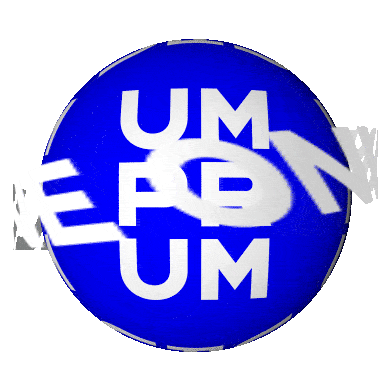


Successful graduates of UMPRUM (abroad): artist Patrik Hábl
It's better to keep your feet on the ground
Patrik Hábl is one of the most frequently mentioned graduates of UMPRUM. He is the only living Czech whose works are sold at Sotheby's and Christie's auctions. Nevertheless, Patrik Hábl claims that one must keep one's feet on the ground, move on and be aware of reality. It's better than flying off somewhere and falling down.
What is his favourite memory, how is he making a name for himself abroad and how are young artists better than his generation?
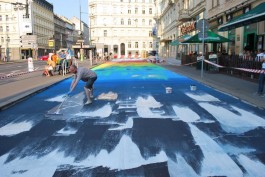
Patrick, what comes to mind when you think of your studies at UMPRUM?
I didn't get in the first time. That year I worked in advertising, prepared intensively for the next year and went to a retirement home to draw and paint. I remember the preparation fondly. In the end, I was the only student out of about 300 accepted into Professor Nešleha's studio. It was weird. I was alone in the class, I took many courses by myself, and I had a model for myself. But there was a great atmosphere in the studio. There were a lot of different people there, individuals working with different technologies and artistic expression. It was very generous.
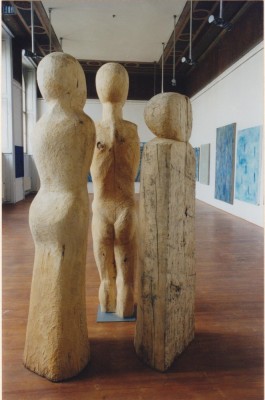
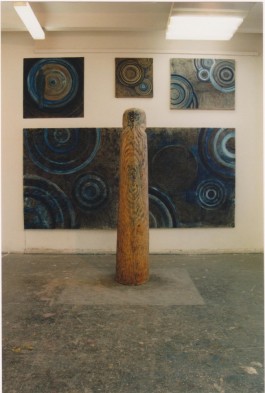
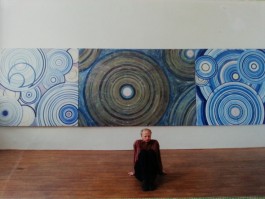
You started studying in 1994, fairly shortly after the revolution. Did you manage to study abroad somewhere?
I don't know what came over me, I'm no Russophile, but I went to St. Petersburg for an exchange. I did everything on my own, in a time without mobile phones, and the internet. I only used traditional mail. Eventually, I found an accommodation in a dormitory for single mothers and women with children. I had a beautiful view of the Gulf of Finland from my room, I read Dostoyevsky and it had a great atmosphere. All in all, it was a very strange experience. Later I started going to different symposia, especially to Italy.
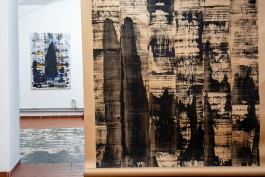
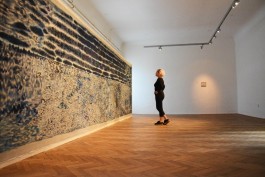
What were your beginnings like after graduating from UMPRUM?
I'm an introvert, so asserting myself somewhere was quite difficult. It wasn't until 2014 that I realized an installation in the Church of the Holy Salvator. That's when, I think, things got going. I agree with Jaroslav Róna, who says that it is only 20 years after studying that you can see if you will be successful.
What made you successful?
I think it's a mix of several things. It's not enough to just paint. Maybe it helped that I started doing interventions in architecture - temporary things like installations for churches, customized things. It also reflected my interest in phenomenology and mediating experience. Plus, I'm a perfectionist. I don't think just paintings would be enough.
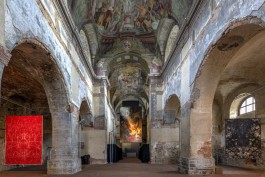
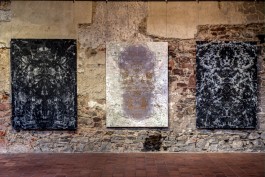
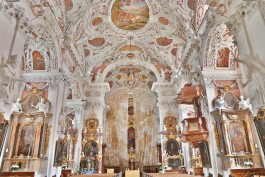
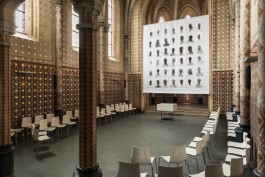
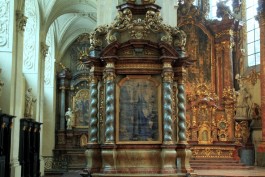
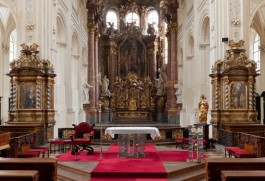
Could you give advice to young artists on how to make it abroad?
From my point of view, there is no universal manual of know-how. I feel that our students are often further along and have their own strategy that suits them. Many of them have already established themselves. Before, there was no exposure during the studies and no one introduced us to practice and sales. I don't think we even had the confidence of current students. Now they are more aware of what lies ahead and the school is better preparing them for the future.
You're always exhibiting somewhere, often making big interventions in public space, teaching. How do you manage it all?
It's challenging. At UMPRUM it's a different job, it's a joy. I have to plan my work well and choose my work. Even exhibitions. I try to tailor them so that each one is different and fits into the exhibition space. Despite all the activities, I try to have time for my own work.
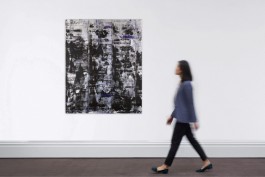
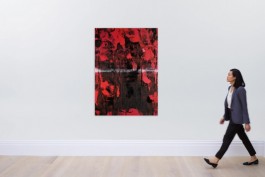
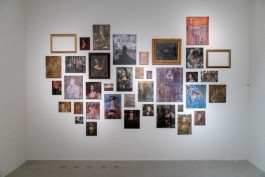

You often exhibit abroad. Do the benefits of EU membership have any bearing on your professional life?
It helps me a lot at work. I think it's a benefit not only for me, but for everyone else. Shows are free of complicated paperwork, approvals and declarations. I still have vivid memories of childhood traumas and the transformation into democracy, joining NATO and the EU. It has helped me a lot to develop my profession. I work with a German gallery, I exhibit all over Europe. When I compare it to sending things overseas, which is terribly complicated, lengthy for all parties, financially demanding and, above all, the outcome is uncertain, in Europe it is practically self-executing. Recently, when the summit of 40 European leaders was held at Prague Castle and I was invited to the Černín Palace by Foreign Minister Jan Lipavsky, with whom I am discussing the loan of large-scale works for his office, I realised at that moment how important it is that we are part of the EU and NATO in the current war and energy crisis.
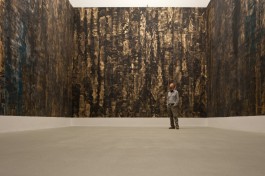
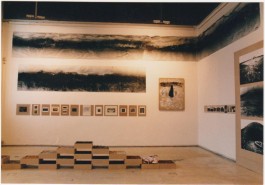
Lately there has been a lot of mention of your great success in the auction rooms in the UK? Has Brexit affected your work in England?
It used to be much easier. Now just selling paintings has become a very complicated process. Not only for me, but also for the British organisers. I'm afraid that the excessive paperwork may put off, not only gallerists and auction houses, but also European artists. It's a shame.
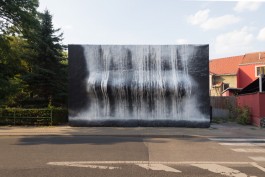

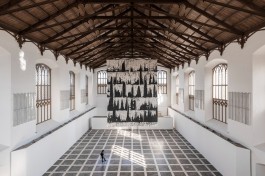
Where do you most like to exhibit?
I always thought it was in Germany. Here the cooperation is very professional and precise. But the experience in Japan has surpassed this impression. I also like to exhibit in Switzerland, Italy, or Scandinavian countries. A lot depends on communication and of course also on the location.
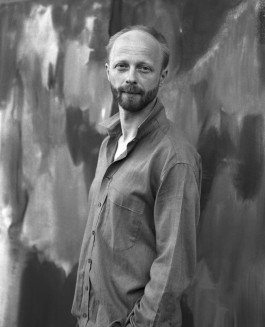
Patrik Hábl (¬*1975) is a graduate of the Painting Studio under Professor Nešleha and currently works as a teacher at UMPRUM. He is the only living Czech whose works have been sold at Sotheby's and Christie's auctions - specifically, he has been listed four times at Sotheby's, twice at Sotheby's Contemporary Art and once at Christie's. His work has been represented in countless exhibitions in the Czech Republic (DOX, NG, MUD Benešov, Alšova jihočeská galerie), while his international presentations include exhibitions in Kyoto, New York, Basel, and several institutions in Germany.
Interview conducted by: Kamila Stehlíková
Rozhovory s úspěšnými absolventkami a absolventy UMPRUM vznikly v rámci projektu Rozehrané priority českého předsednictví, podpořeného Centralizovanými rozvojovými projekty MŠMT ČR.